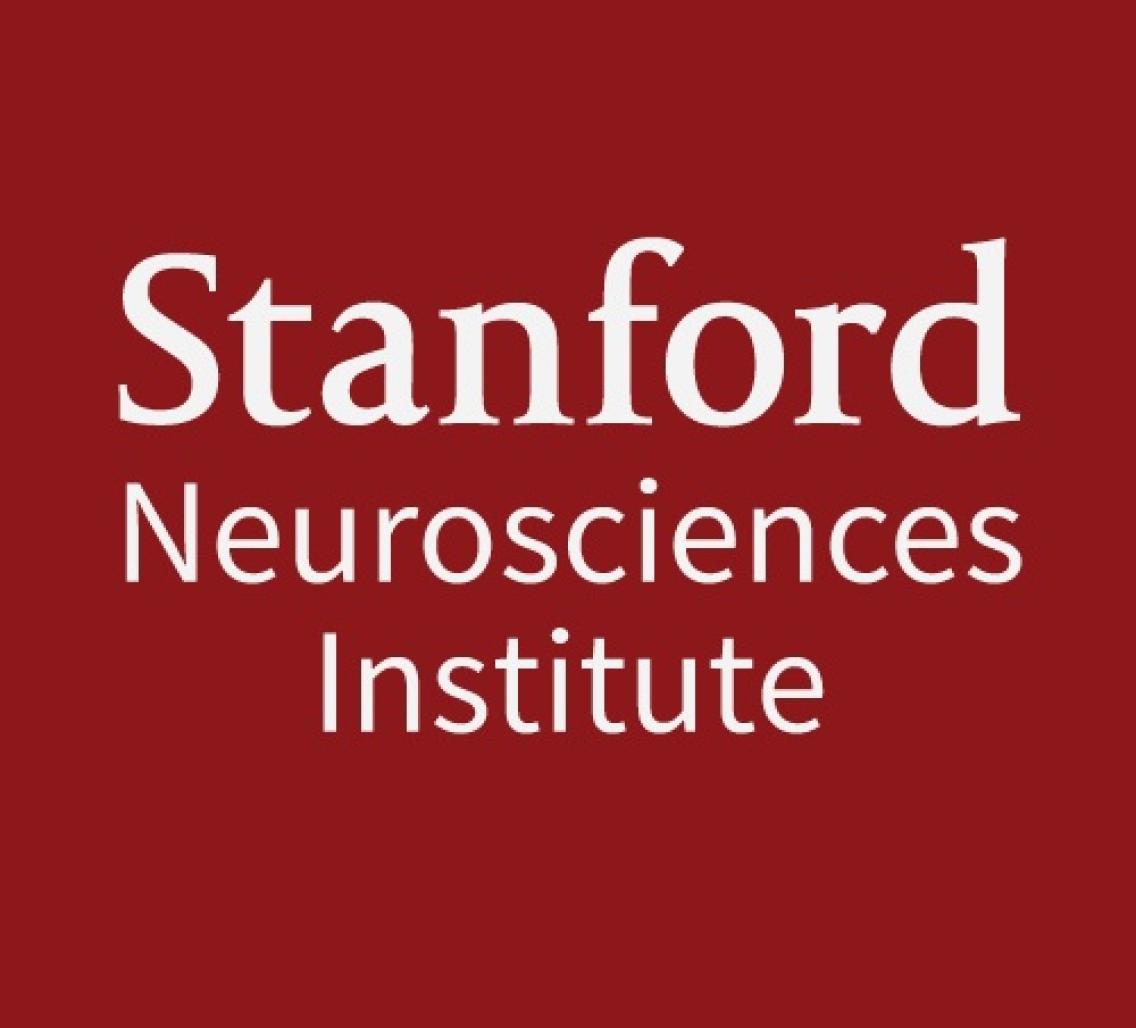Event Details:

Visualizing the dynamics of cell signaling as synapses form
Matthew Dalva, Ph.D. Associate Professor, Department of Neuroscience, Thomas Jefferson University
Host: Aaron Gitler
Abstract
The structure of the nervous system varies tremendously across phylogeny; organisms such as the C. elegans function with a few hundred neurons, whereas humans have tens of billions. Yet communication in all neural circuits is controlled by a remarkably similar, highly specialized site of cell-cell contact known as a synapse. The long-range goal of my research is to discover how synapses are formed and lost, and what impact normal morphology and numbers of synapses have on brain function. Determining how synapses develop and mature will provide insights toward understanding of neuronal networks and brain function.
To determine how synapses are formed and lost, I have focused on understanding the molecules that control their generation. My lab has targeted EphB proteins and their ephrin-B ligands, because we have shown these molecules are required both in vitro and in vivo for normal synapse formation. EphBs are transmembrane signaling molecules and are the largest known family of receptor tyrosine kinases in the mammalian genome that bind to ephrin-Bs, which are transmembrane proteins also capable of signaling. Our findings from the past decade demonstrate that EphBs and ephrin-Bs have a role in: (1) how are specific types of morphological specialization like spines are formed, (2) in dendritic filopodia dependent synaptogenesis, (3) in the control of synapse density; and (4) how are glutamate neurotransmitter receptors directed to the synapse. Recently we have begun to explore the role that EphBs and ephrin-Bs play in the control of migration of cells in the adult brain and developed tools to visualize cell signaling in living neurons.